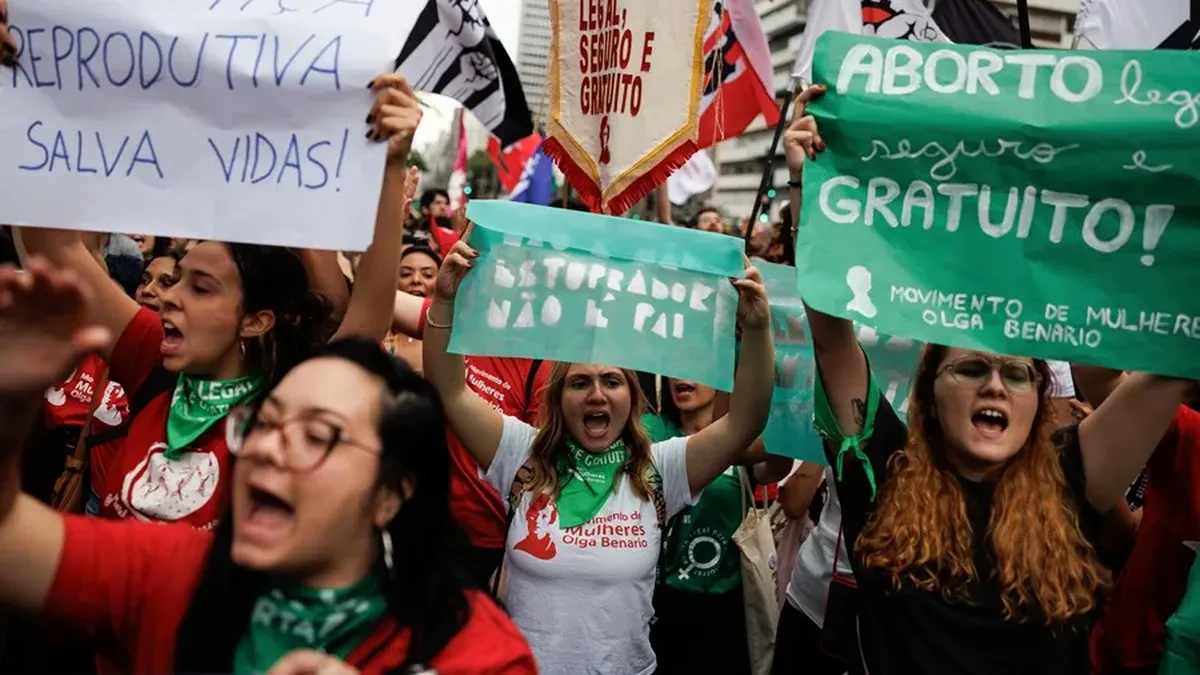The OIEA mission is to promote the peaceful use of the nuclear power under safety conditions and with inspections that guarantee that the materials They are not allocated to military purposes.
Rafael Grossi’s statements about Iran’s nuclear power
In radial dialogue, Grossi explained: “To have a nuclear weapon, enriched uranium is needed, it can also be plutonium, but in the case of Iranwhat they accumulated is enriched uranium. Uranium It has to be enriched at 90% of an isotope; They are in 60%. ”
Grossi clarified that “they already have it” and that, although they did not reach the 90% necessary to manufacture weapons, the jump is minimal. The Argentine official said Iran’s current stock would be enough to manufacture between “six, seven or eight nuclear weapons”. However, he warned that this does not mean that Tehran A atomic bomb currently possesses.
Grossi
Rafael Grossi, head of the OIEA.
Regarding the facilities underground, Grossi revealed that it is a decision adopted two or three years agoafter attacks that Iran He received, either by internal sabotages or unwarded drones attacks. “Then they decided to start installing certain equipment and materials underground,” he said.
OIEA evaluation
The official recalled that his organization issued critical reports for the lack of transparency of the Islamic regime regarding its nuclear developments. “We cannot say that today they have a nuclear weapon. For that, more things are needed than the material, ”he reiterated.
Meanwhile, the conflict in the Middle East acquired a new dimension after Israel a series of bombing will begin last week. Initially aimed at nuclear facilities, the attacks then extended to other objectives. Within that framework, Grossi reported that the OIEA organized meetings of its Board of Governors and that he spoke before the United Nations Security Council To warn about possible dangers.
Nuclear and chemical risks
Grossi differentiated between the nuclear and chemical risks derived from the attacks. “There are facilities of different types: enrichment, fuel manufacturing, laboratories... If an explosion releases nuclear material to the environment, there may be contamination, atmospheric radiation, ”he described. However, he clarified that so far“ the damage was very serious, but the radiological effect was very limited ”.
“The destruction reached facilities with relatively low amounts of nuclear material, so pollution was limited to the area of impact,” said the Argentine.
Finally, Grossi stressed that The real problem is not what they will inform, but what it omits: “That is what we have been denouncing a long time ago. They say they have nothing to hide, but they do not show what we ask to see. They always evaded those orders. And that’s why we are in this situation,” he concluded.
Source: Ambito




